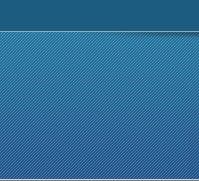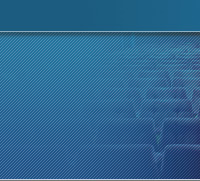UIVER MEMORIAL FOUNDATION(inc)
How
it was Accomplished so far!
Initially,
money for the project was raised by collecting waste paper around Albury
and selling it to Twin City Waste Paper. Proceeds going to to the "Uiver
Fund". Soon a "run" was developed and the car and trailer were seen
often racing around Albury collecting. Wool bale bags on frames to collect
the paper and cardboard were soon behind commercial businesses, and
private residents called by phone for "Herman to collect the newspapers"
as many wanted to help the cause. Some "piles of papers" from these
calls resulted in amounts from 1 or 2 shopping bags to others with half
or a full trailer load. To each it was important and their way of helping,
and each did help. Whatever the amount, the important thing was their
"involvement". For some generous business houses and people, Herman
would add a special reward to them, using his love of cooking, he would
bake them a cake in appreciation.
Many
businesses shredded their confidential papers, this shredded paper was
collected, and recycled into packing materials to be sold. Slowly money
was raised and this went on for a few years. Twin City Waste Paper purchased
all the waste paper/cardboard, but in time, it was found that it cost
more to collect the waste paper in fuel, wear and tear, and precious
time etc. than it was worth, as well as the frustration of "its taking
too long to raise the money."
The
main thing was that people were becoming more aware of this Dutchman
and his "Dream" and of the "Foundation".
Not afraid of pulling punches with the local council, and the use of
the media, he successfully achieved much needed repairs such as replacing
of the control surfaces, (flaps) installing bird mesh to stop birds
nesting, and general cleaning up of the area. At one time it was pointed
out that the Starboard Engine had the propellor feathered. Off to the
council once again and it was corrected.
Time
was slipping away and a new method of raising money was needed, and
after a while "the penny dropped" and distinctive Dutch Market Stalls
were built and the two were off to the markets. And thus a trendy fashion
was created in the area of eating "DRIE IN DE PAN" or "three in the
pan". Herman had used his love of cooking to the "Uivers" benefit. So
over the past 14-16 odd years Herman began using this old recipe, used
extensively when he was a kid in the 1930's, which was round the time
he had first heard of the "UIVER" and the Great Air Race.
After
a test run at the "International Fair" in 1986, at the Civic Centre,
it was decided that every Sunday morning, it was off to the markets
they would go. Firstly, it was at Lavington Square Market one week and
the next over to Wodonga's Acacia Park Market, This went on for a couple
of years and a steady clientele formed and word got out about this yummy
dutch food.
The paper run was still maintained as the "DRIE IN DE PAN" developed
a cult following. As well as the markets they have also travelled to
different venues such as the Holland Festival in Fairfield, Sydney,
and the Bowral Tulip Festival, Beechworth, Bright and some surrounding
towns, which they did over a few years. Invitations to attend other
venues are a frequent event and when they can they will attend. For
in attending other venues, each time they were in "trouble" from the
locals in not being at their local market as it in not unusual to hear
that some only come to the market to get some breakfast of "three in
the pan" and then head straight home.
With
distinctive multicultural music playing, and colourful orange canvas
covered stalls with red,white and blue flags flying, they stand out
in the crowded markets. Always dressed in national costume and a times
wearing clogs it really sets a standard at the markets with character.
Displaying pride, in the Foundation, in their heritage, and in what
they represent, the stall is easy to find, just listen for the music,
follow your nose and you will find them!
The
"FOUNDATION" stall, has also become a stopping point for those that
over time, have had an association with the "UIVER" or had family that
had, or those that could remember certain things relating to the period.
And thus has become a focal point for bringing together and sharing
the history that today is overlooked and is taken too much for granted.
Closure of the Lavington Square venue and the relocating of the Wodonga
venue to Jack Hore Place, needed a major rethink. The Rotarians established
the present site at the Australian Taxation
Office Car Park. It has been there over the recent years.
|



